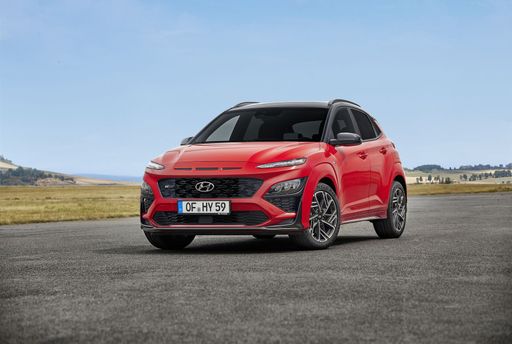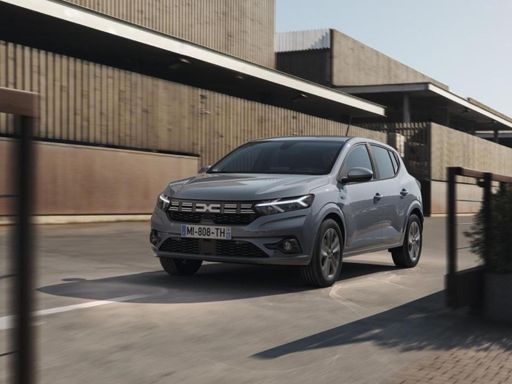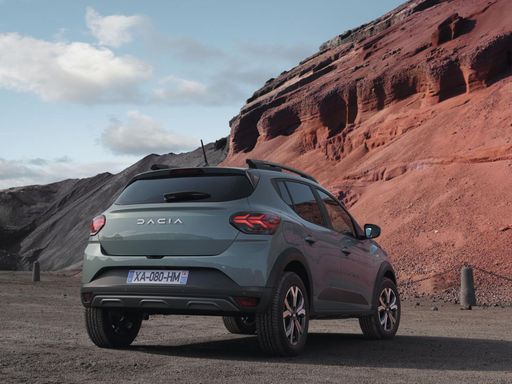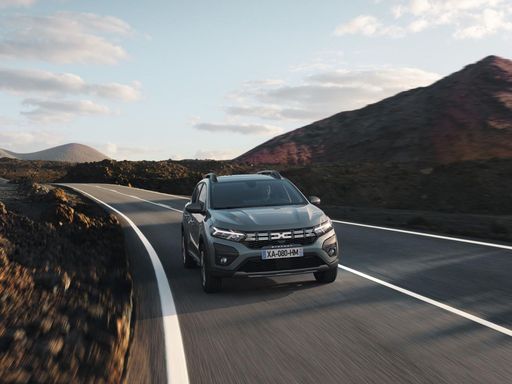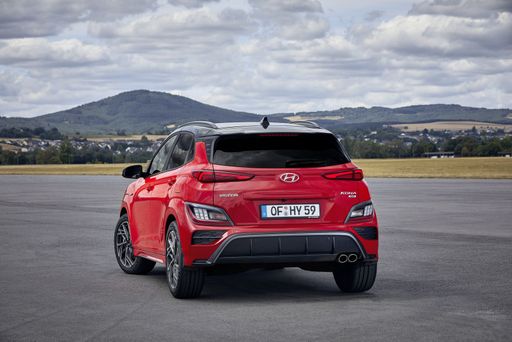Comfort and Convenience: A Tale of Two Cities
In the automotive world, comfort and convenience often make the difference between two competing vehicles. The Dacia Sandero, classified as a hatchback, offers a spacious interior despite its compact city-friendly design and reaches a length of up to 4099 mm. The Hyundai Kona, on the other hand, represents the SUV category with its more robust design and increased length of 4385 mm, providing ample space and comfort.
The interior design of both vehicles ensures a seating capacity for five, although the Kona's SUV stature offers more trunk space with 466 liters compared to Sandero’s 328 liters. Whether it’s a family's day out or a solo road trip, both accommodate various cargo needs stylishly and efficiently.

